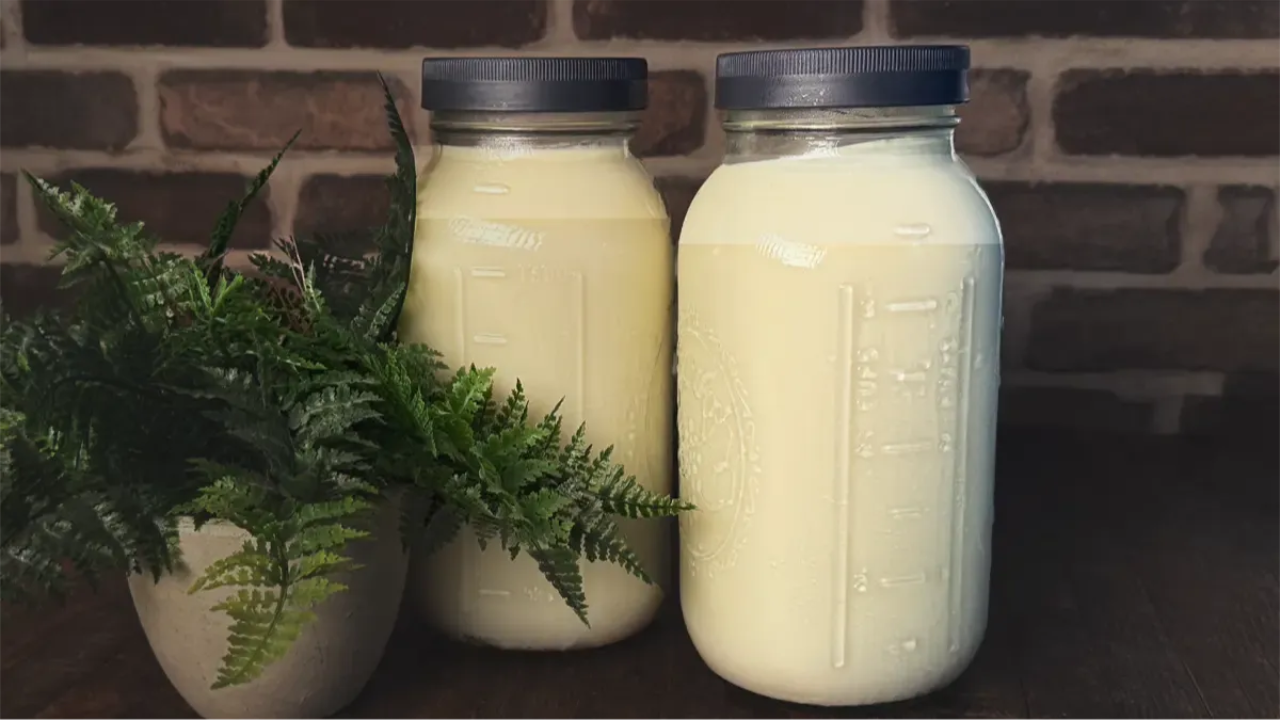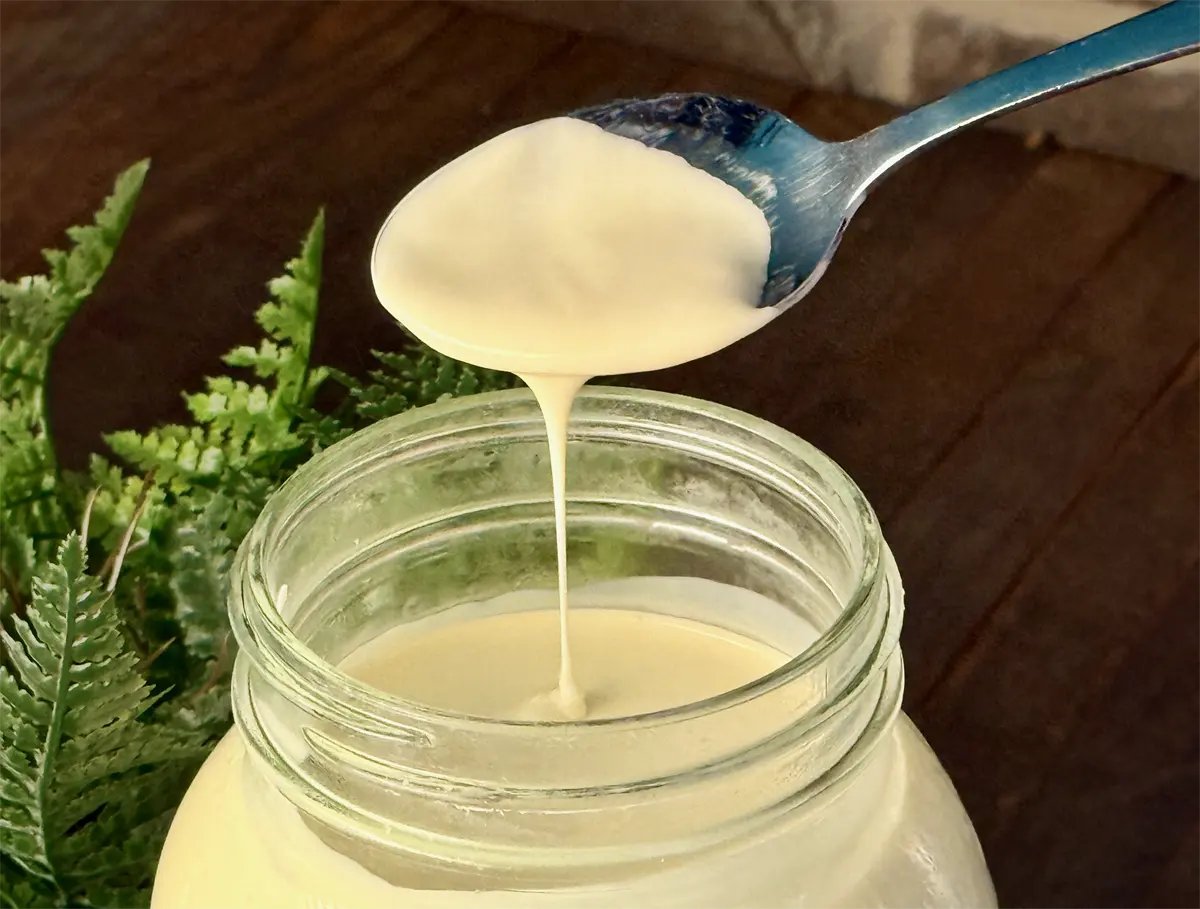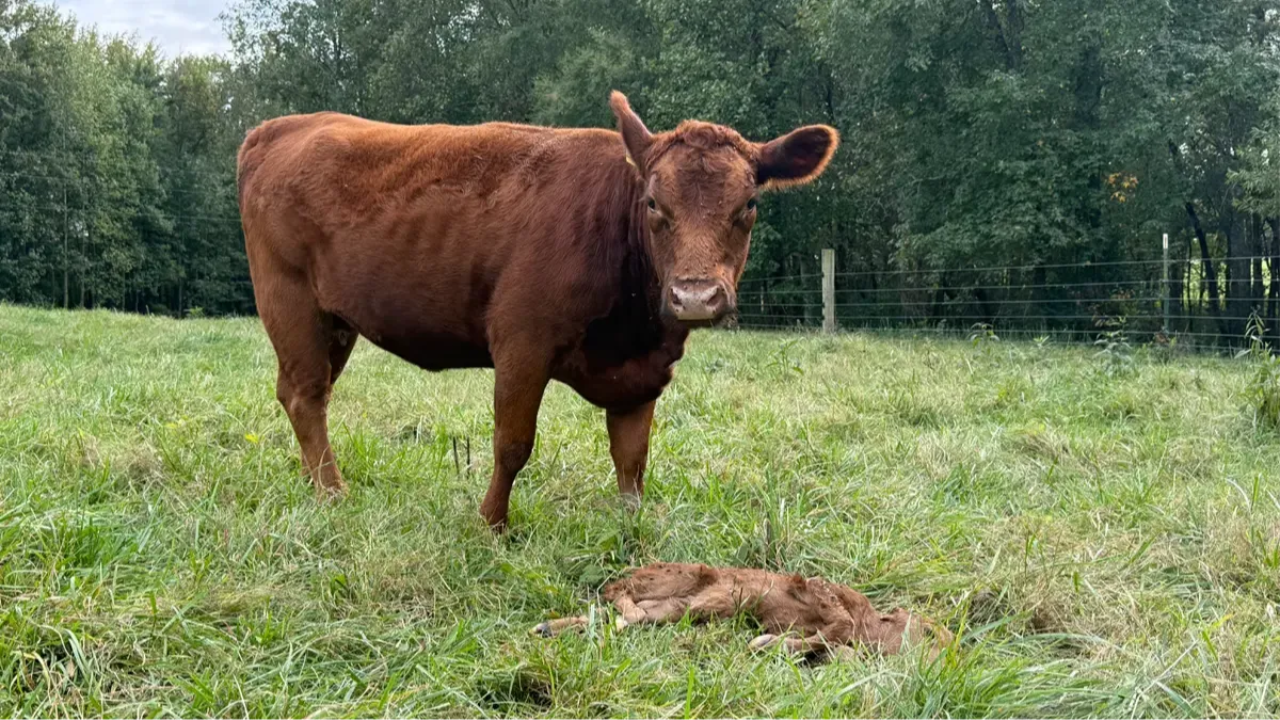Why Does the Cream Look Different Week to Week?

If you’ve been enjoying our raw milk for a while, you may have noticed something interesting: some weeks the cream is thick and spoonable, other weeks it’s a little lighter and flows more easily.
One of our customers recently asked if that had anything to do with whether a cow was A1 or A2. It’s a great question, and the answer actually has less to do with A1/A2 genetics and more to do with nature’s rhythms.

Fresh Cows and Lactation Stages
When a cow has just calved, she’s called a “fresh cow.” Early in lactation, her milk naturally looks and behaves differently than when she’s several months into milking. As the weeks go by, her milk fat and protein levels shift. That means her creamline will also change.
So when a fresh cow joins the tank, you’ll often notice the cream behaving differently. Thicker one week, thinner the next—it’s all part of the natural cycle.
Each Cow is Unique
Just like people, no two cows are exactly alike. Some produce cream that rises quickly and piles up thick. Others make cream that blends more smoothly into the milk. Even cows with the same genetics can have different “personalities” in the tank.
Seasons Matter Too
What the cows eat also plays a role. Fresh grass in spring, dry hay in winter, even the weather and humidity—all can influence the texture and flavor of the milk and cream.
Real Milk, Real Variability
Unlike the uniform gallons at the grocery store, raw milk is alive and changing. What you see in your jar is a snapshot of the herd at that moment in time. We love that each week tells a little story: who’s fresh, who’s in mid-lactation, what the pastures are offering.
That’s the beauty of milk that comes straight from the cow, with nothing taken out and nothing added.
So if you notice your cream looking a bit different this week than last—smile and know it’s just the cows reminding us they’re living, breathing creatures. And we wouldn’t want it any other way. 🐄❤️


